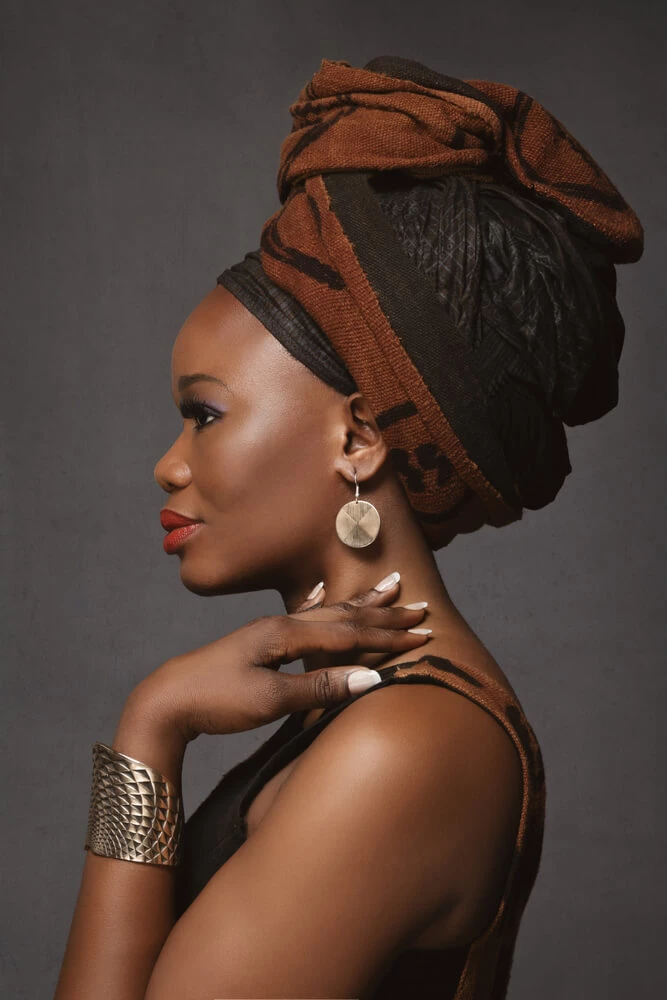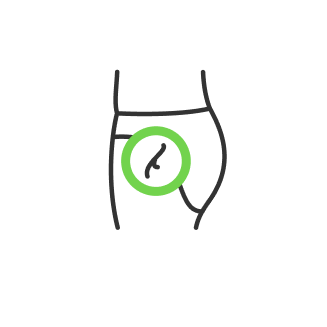How to photograph jewelry

- 1. Prepare to focus
- 2. Use white background to add lights
- 3. Choose black props for elegance
- 4. Work with a light cube
- 5. Do not be afraid of equipment for jewelry photography
- 6. Prepare a good location to work
- 7. Get a camera
- 8. Create soft, uniform light
- 9. Be attentive with a composition
- 9. Correct conditions for jewelry photoshoot
- 10. Avoid bad post-processing
- 11. Use online examples
Here are some common tips to remember:
- Make shots from every angle to satisfy the needs of the most demanding client.
- Plan every sparkle and control the light.
- Earrings look good with dark and even black accessories. This background helps to emphasize even the smallest details, and sparkly crystals or precious stones will shine very attractively.
- Necklaces, chains, bracelets and bangles are often located on transparent , almost imperceptible surfaces.
- Watch white balance and keep all images in RAW format.
- Decorative hooks, holders, mannequins and the beautiful neck of a model can become a perfect accessory for a product itself, in terms of visual perception.
- Add several pieces in one shot to demonstrate combinations and handmade work.

Photographing jewelry is a very interesting activity in the world of photo art. It affects several areas with a single shot: subject and macro shooting. Once you have learned how to take pictures of jewelry, it is better to start making money by selling images. The fact is that creation of such pictures is a very detailed skill, which requires much patience and attention to every particularity of the object. Because, as a rule, the main purpose is to launch interest of a buyer. Commercial images have to follow specific recommendations and it is unlikely that something can be changed.
It is not an easy thing and only experienced professionals can achieve desired results. In addition to correct lighting settings, you need to adjust sharpness, because often items are very small and have to be captured from a short distance. At the same time, the depth of field will be minimal, up to a couple of millimeters. In order to properly focus, you need to go to manual control. Some customers like to focus on certain features of the item, and everything else should be a little blurred. But all these details must be learned attentively with practice. This article will give some ideas to start with.

1. Prepare to focus

In the beginning, make sure you have a certain list of tools to assist: an umbrella for light, two external flashes, a tripod and a reflector. If there is no umbrella, use any light diffusing surface (a piece of white cloth for example). It is desirable to have a table, but if it is not available, the workplace can be created with the help of a chair or sofa. Earrings or rings can be left hanging on a thin thread without inventing anything more difficult. Do not be lazy to clean the gemstone with a piece of cotton, there should be no fingerprints or dirt on the metal.
2. Use white background to add lights

Cover a chair or sofa with a white fabric. Attach a piece of white paper behind the gem (this will give a completely white backdrop). Mount a single flash on a tripod with an umbrella to get a soft light without harsh shadows and overexposure. The second flash has to be located behind the product to the left or right at an angle of 45 degrees, for a backlight. Instead of a flash, it is possible to use a reflector. Another light source should be directed towards the background.
3. Choose black props for elegance

An indispensable condition for this type of photo is that the distance from a product to a dark prop has to be at least half a meter (preferably a meter), otherwise a flash will illuminate everything around. Equipment needed: a lightbox, two external flashes, a tripod. The light scheme is the same as for the white scene, with the exception of backdrop illumination.
4. Work with a light cube

Use a black reflective surface, inside the box. Place the product in the center of it. The light scheme looks like this: the light cube is illuminated from two sides by two main sources of constant light, the third side is directed precisely to the object, which will allow it to achieve a spectacular glow. The power of the third source should be weaker than the main ones. Necessary shine can be obtained from an additional source (a narrow direct ray).
5. Do not be afraid of equipment for jewelry photography

Surprisingly, sometimes everything we need is a digital camera. In other words, there is no need to purchase expensive professional devices for jewelry photography. Get a sheet of paper, windows and reflective surfaces or mirrors and start your own path. Even a compact camera with macro function will be sufficient, if only it allows you to control the exposure.
You will also need some kind of jewelry kit to practice. Of course, it is good to have the latest diamond collections and fashion trends to try, but you can also start with simple shiny objects.
6. Prepare a good location to work

There is no need for complex installations to create great results. Use windows and small reflections to emphasize details and design.
It is good to use additional accessories to tell a story. Ceramics, stones and an interesting piece of wood, fabrics, colorful pieces of glass or even sand with seashells. At the same time, do not overload your picture with too many details, distracting attention from jewellry.
7. Get a camera

Modern compact devices usually have a wonderful macro mode due to the small size of the matrix. This will be a perfect practice before a significant purchase of macro lenses. Such equipment is important for a photographer as an ideal business investment, but it is also very expensive. Practice with cheaper options and find out if it is really something you want to do for a couple of years.
8. Create soft, uniform light

Experiment with different backgrounds for different moods and results. The best photo studio is closer than you think. Find a window at home that gives a good light that you can control, set up a table there and you are ready. Add some homemade reflection and other props.
Remember that each light has a color and this color changes sometimes. If you have a red wall, its tone will be probably mixed with everything around. In case you use a window, turn off other lights in the room. Use flash, fluorescent lamps, but do not switch it on all together.
9. Be attentive with a composition

If you are shooting jewelry for the online store, then you can use only a white background or add a highlight, using reflection of the product in the mirror. But this option is not always appropriate for all types of pictures. Fashion magazines often order thematic creative plots, including necessary scale to help buyers understand the size of a product.
How to photograph jewelry in this case? Specify the idea and prepare everything you might need. Modern trends in publicity require constantly changing looks of models and decorations. Elegant dresses or crazy costumes with long gloves have to be perfectly combined with a mood of a product. Use scale indicators added during a post-processing work or with a help of accessories, like coins.
9. Correct conditions for jewelry photoshoot

Clear, bright, and shiny effects are the keywords for jewelry photoshoot. The clarity of the picture is mainly determined by the depth of a field, so it is usually better to start with setting the aperture. Macro images require perfect conditions for everything, especially accessories and props, like seamless fabrics, clean items and sparkles.
Experiment with different positions and reflectors and you will find the right combination.
Experts agree that diamond brooch, chokers and pendants are really not that easy to be captured as it may seem. Here are some tricks to use:
- Try different shooting angles. Direct shot or slightly to the right, see which position gives the best glitter and creative look.
- Concentrate on engraved phrases, when capturing precious personalized items.
- Use post-processing image sharpening apps. A photographing device can’t usually catch both the depth of a stone and silver metallic parts. A certain creative approach to increase sharpness up to 60% or more is acceptable.
- Keep it simple, because precious gems do not need extra decorations.
- Change the shooting distance, for example, bring the lens closer to the item as much as possible so that the image does not become blurred.
10. Avoid bad post-processing

Do not neglect the importance of retouching even for the most perfect and sophisticated object. You may never expect that a slight increase of sharpness and contrast with sparkles can add more than 30% of sales to a gem. Stop being lazy and improve your software skills. This will contribute to your income and professional level. Make more shots and work well on each of them.
11. Use online examples

There are many professional works, published online by famous artists. Visit social networks of modern bloggers and celebrities, many influencers enjoy working with famous brands. That is why it is easy to find many sources for inspiration. Do not neglect the possibility to learn important tricks and try them by yourself. There is no guarantee that the result will be the same, but it is truly worth trying.
Patience and practice are essential elements for every artist. Remember to charge batteries, to turn on good music, to take a cup of good coffee, to look through the first results you obtain and decide which errors can be avoided in future. Jewelry photoshoot depends primarily on experience and professionalism. Products made of gold, silver, platinum give a unique shine in the sun outdoors, and if there are precious stones, the sparling effect is going to be amplified.

We hope that this small tutorial had a chance to inspire you with new ideas and approaches. Sometimes it seems to be difficult to answer the question of how to photograph jewelry keeping its individuality and style. Still, with practice and experience you are able to create masterpieces even with a help of simple tools, low cost decorations and props. Enjoy the process and do not forget to control each detail. Macro view is the one to emphasize both advantages and disadvantages of your work.
Co-founder of RetouchMe. In addition to business, he is passionate about travel photography and videography. His photos can be viewed on Instagram (over 1 million followers), and his films can be found on his YouTube channel.
Moreover, his profile is featured on the most popular and authoritative resource in the film industry — IMDb. He has received 51 international awards and 18 nominations at film festivals worldwide.

with RetouchMe














